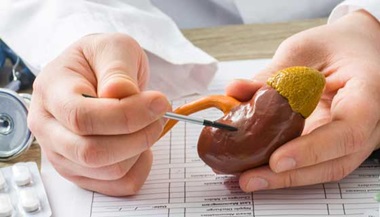Adrenal Venous Sampling (AVS)
If you have been diagnosed with the hormone disorder primary aldosteronism, a test called adrenal venous sampling can help your doctor determine how to treat the condition. Johns Hopkins experts Amir Hamrahian, M.D., medical director of the Comprehensive Adrenal Center, and Lilah Morris-Wiseman, M.D., chief of endocrine surgery, providing information about AVS and what you can expect if your doctor recommends this test.
What You Need to Know
- AVS is performed by an interventional radiologist.
- This outpatient procedure takes several hours, and light sedation is used.
- A contrast medium may be used to help the radiologist locate the veins leading from the adrenal glands.
- In some cases, AVS may be appropriate for patients with Cushing syndrome caused by excess cortisol secretion if the doctor notes abnormal findings in both adrenal glands.
What is adrenal venous sampling?
Adrenal venous sampling (AVS) is a minimally invasive procedure used to determine excess hormone production in one or both adrenal glands.
The interventional radiologist maps the veins of the adrenal glands with contrast medium and draws blood samples from the left and right adrenal veins and peripheral veins to determine if excess aldosterone is coming from one or both adrenal glands. Information from the test can help the doctor determine if surgery is appropriate.
Why is AVS recommended?
The source of excess aldosterone production can be one adrenal gland or both. Because the tumors that produce too much aldosterone can be very small, AVS can determine if one or both adrenal glands are overproducing aldosterone. If the test determines that an adrenal gland is the cause, you may be a candidate for surgery to remove this gland (laparoscopic adrenalectomy).
If AVS results show that both glands are overproducing aldosterone, removing one gland will not solve the problem, since the other will continue to secrete too much of the hormone. In this case, your doctor may recommend treatment with medicine.
Preparing for AVS
- Your doctor will discuss your current medications with you and advise you on any you should change or discontinue before having the test. These could include certain blood thinners and blood pressure medicines.
- You may be instructed to not eat or drink anything for a few hours before the procedure.
- Since AVS requires light sedation, you should arrange for someone to drive you home.
Adrenal Venous Sampling: What to Expect
- Plan to be in the radiology department for almost half of the day, including preparation and recovery.
- You will be given sedation (medicine to make you sleepy and relaxed) by vein (intravenously).
- Some people having AVS are given an IV drip containing a medication (cosyntropin) to help stimulate the adrenal glands.
- The interventional radiologist medicates an area near the groin with a local anesthetic, which may briefly burn or sting before the area becomes numb.
- After making a small cut, the interventional radiologist inserts a narrow tube (a catheter) into one of the groin veins.
- Contrast material passes through the catheter, which helps the veins show up on an X-ray. You may feel a brief warm sensation as the contrast material passes through your body.
- X-ray imaging helps the radiologist guide the catheter to the adrenal veins, where a blood sample is drawn first from one vein and then the other.
- After collecting the blood samples, the radiologist removes the catheter and applies pressure to prevent bleeding. The nurse will cover the tiny incision in the skin with a dressing. Stitches are not needed.
- When the procedure is completed, you will be moved to a recovery room or to a hospital room to rest.
Recovery After AVS
- You may feel a little sleepy until the sedative has worn off. Nurses will monitor your heart rate and blood pressure during this period.
- You will be released to go home after you have rested and recovered from the sedative.
- For about 24 hours you should refrain from some activities including:
- Driving any type of car, bike or other vehicle
- Operating any machinery including cooking implements
- Making important decisions or signing a legal document
- Plan to rest and drink plenty of fluids when you return home.
- Avoid strenuous exercise and lifting heavy objects for at least 24 hours.
- The catheter insertion site may be bruised and sore. If bleeding occurs there, lie down, apply pressure to the site and call your doctor.
- Call your doctor if you notice any change in skin color, pain or a warm feeling in the area where the catheter was inserted.
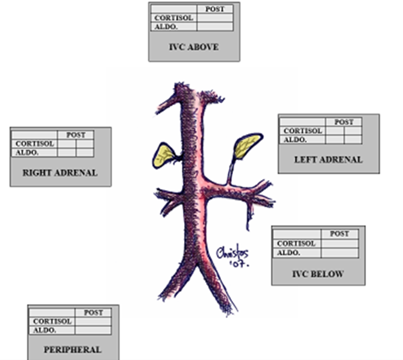
What do AVS results mean?
The interventional radiologist or the physician treating you will determine the results of the procedure.
Blood samples collected during AVS are sent to a lab for analysis, which can take a week. Data from the blood samples can show if an adrenal gland is secreting too much aldosterone, based on a formula to compare the left side to the right side.
A report of the results is sent to your endocrinologist or your endocrine surgeon to determine if you are a candidate for a surgical procedure to treat the hyperaldosteronism.
Risks and Complications of AVS
Adrenal venous sampling is considered a very safe procedure, but complications are possible. The interventional radiologist will review these with you before the AVS begins.
- About 5% to 10% of AVS procedures need to be repeated because the wrong vein was accessed.
- Rarely, a person may experience an allergic reaction to the contrast material used to visualize the veins during the procedure.
- Infection, bleeding, blood clots and rupture of a vein are rare complications of the procedure.
Roshan Dinparastisaleh, M.D., 2022 endocrinology research fellow, prepared this article under the supervision of Amir Hamrahian and Lilah Morris-Wiseman.

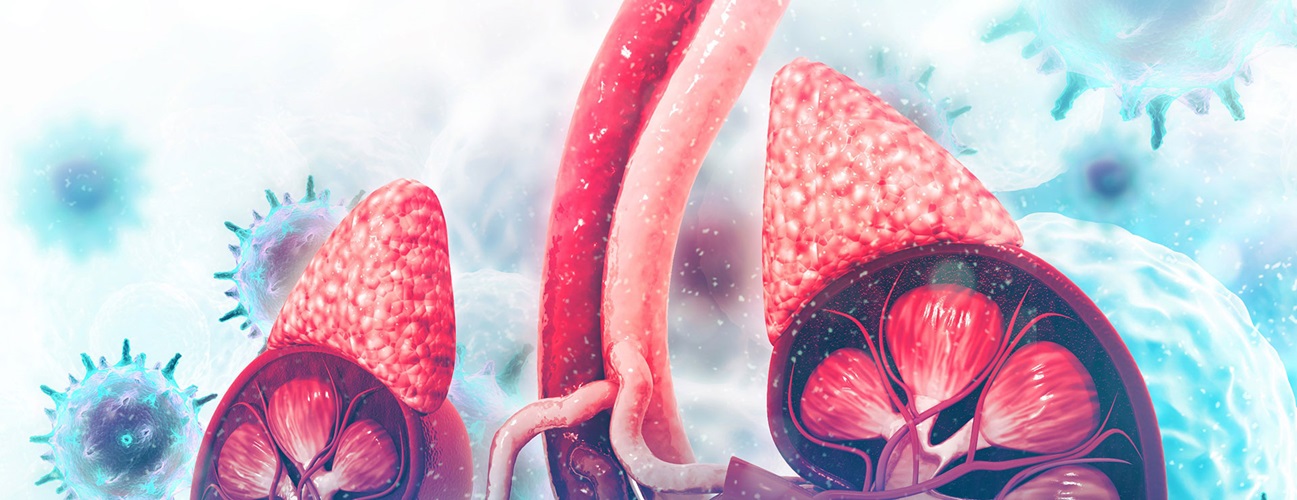
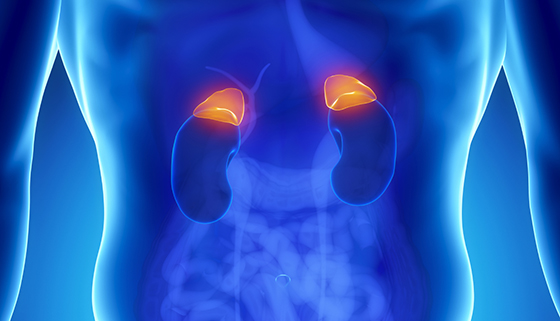

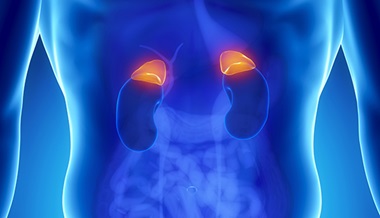
.png?h=198&iar=0&mh=260&mw=380&w=200&hash=D11611DD194AA80E502AEA228D07939F)
